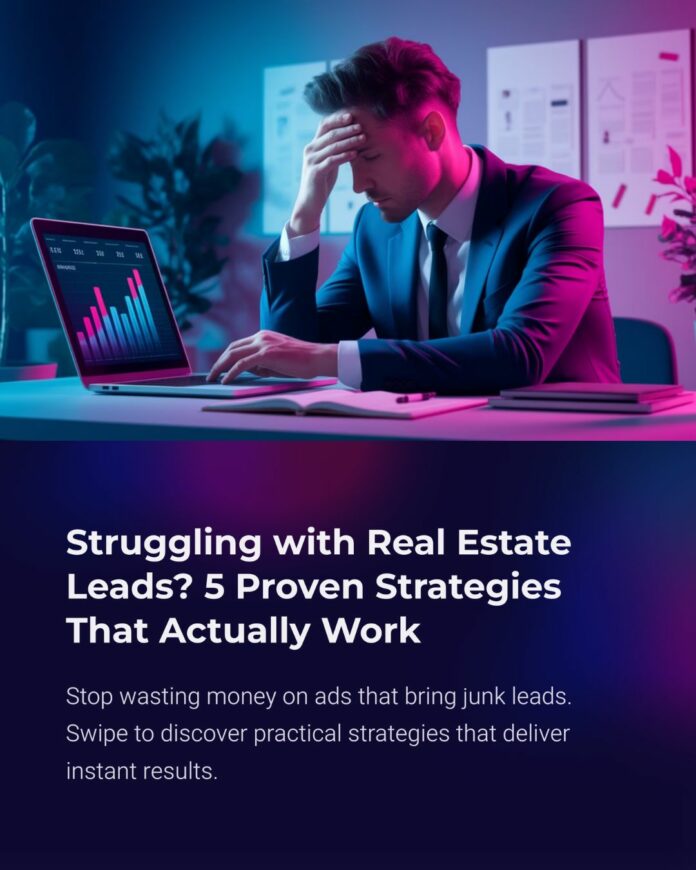It’s More Than Just Numbers—It’s About Emotion
In real estate, the final decision to buy often comes down to more than just budgets, floor plans, and location—it’s about emotion. Whether it’s an investor seeking the right return or an end user looking for the perfect home, the emotional connection is what ultimately seals the deal.
As a real estate sales professional, your job isn’t just to present facts and figures. It’s to guide potential buyers through a journey that builds trust and nurtures that emotional pull from start to finish. Let’s break down the real estate sales funnel and explore how you can lead your clients from awareness to conversion.
1. Awareness/Exploration/Profiling
Every journey starts with awareness. At this stage, your potential client is exploring the market, researching options, and forming an idea of what they want. Your goal here is to ensure your brand or project stands out and captures their attention. This is the moment to showcase your properties and value proposition.
But it’s not enough to just present the product—you need to understand who your client is. Profiling your leads is critical in this stage. Are they an investor seeking high ROI, or a family looking for their forever home? The better you understand their needs, the more personalized your approach can be.
Tip: Use digital marketing, social media, and property portals to create engaging content that speaks directly to your target audience’s aspirations. The goal here is to get your client curious and interested.
2. Building Trust/Meeting the Client
Once your lead expresses interest, it’s time to move them down the funnel by establishing a relationship. Real estate sales are built on trust, and your first call or meeting is where that trust begins. This is your opportunity to connect with your client on a personal level—understand their concerns, answer their questions, and offer solutions tailored to their needs.
This is where many salespeople make the mistake of diving straight into the hard sell. But in real estate, relationships come first. Take time to listen, offer advice, and demonstrate your expertise. Show that you are genuinely invested in helping them find the right property.
Tip: Focus on building rapport and trust. Be patient and provide value. People buy from those they trust.
3. Persuasion
Once trust is established, the next phase is persuasion. At this point, your client has likely shortlisted a few options, and your role is to help them understand why your property is the best fit for their needs. This is where you address any remaining doubts, highlight the key features of the property, and create urgency.
Emphasize the emotional benefits of buying the property, whether it’s the lifestyle it offers, the investment potential, or the sense of security. Use stories of other satisfied clients or showcase the property’s unique selling points to sway their decision.
Tip: Tailor your pitch to your client’s emotional triggers. Is it about luxury? ROI? Convenience? Frame the conversation around what matters most to them.
4. Closing
Closing the deal is the final step, but it doesn’t happen by accident. It’s the result of carefully guiding the client through each stage of the funnel. By now, the client should feel confident that they are making the right choice, both logically and emotionally.
At this stage, address any last-minute concerns and provide a clear, smooth path to finalize the sale. Make sure the client understands the next steps, whether it’s signing contracts, payment terms, or any legalities. The more seamless the process, the more positive the experience.
Tip: Keep the momentum going. Encourage urgency by reminding them of limited availability, market trends, or upcoming price changes.
The Emotional Journey to Closing the Deal
In real estate, it’s not just about guiding a lead through the stages of awareness, trust, and persuasion—it’s about creating an emotional journey that makes the client feel confident, excited, and eager to buy. From the first interaction to the final signature, the secret to closing more deals lies in your ability to build relationships, instill trust, and align your property offering with your client’s emotions.
Master these steps, and you’ll not only close more deals—you’ll create lasting connections that lead to referrals and repeat business.









